Latest Posts

Sea Life Offers New Insight into Underwater Adhesives
Underwater adhesives are an important biomedical innovation. To design stronger synthetic waterproof materials, researchers are gaining inspiration from undersea creatures like mussels and worms.
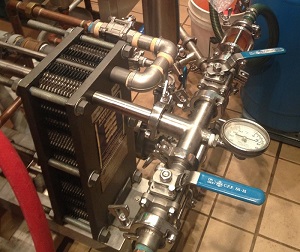
Improving the Beer Brewing Process with Simulation
Which side of home beer brewing are you more interested in: The culinary side, like the recipes and ingredients, or the engineering one, like the conjugate heat transfer and chemical reactions?

COMSOL Conference 2014 Cambridge Award Winners
Presentations at the COMSOL Conference 2014 Cambridge included topics like multiplanar transformers, loudspeaker cabinets, and discharge lamps. Get an overview of the award-winning projects.

The Science of Composting
Compostable coffee pods in recyclable packaging are an environmentally friendly way to get your morning caffeine fix. But what exactly is the science behind the composting process?

Happy Birthday, Michael Faraday
Did you know that Michael Faraday is credited with discovering electromagnetic induction in 1831? Learn more about this British physicist and chemist.

Shape-Memory Polymer May Help in Facial Reconstructions
Researchers at Texas A&M developed a shape memory polymer that can potentially be used to fill in critical-sized bone defects in the human face. Get the full story here >>

The Evolution of Night Vision Technology
Night vision glasses have existed since World War II, but they used to be so bulky that they were inconvenient to use. Learn about the design evolution from active to passive infrared technology.
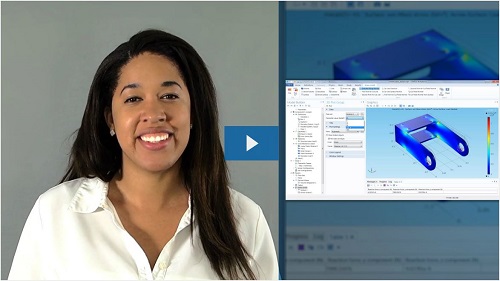
Video Tutorial: Introduction to Modeling Structural Mechanics
Learn the fundamentals of simulating structural mechanics problems in the COMSOL® software: Get a quick overview in this blog post, with an embedded video tutorial included.

Physics Make or Break the Comic Book Movie Illusion
The animation team behind the 2014 film The Amazing Spider-Man 2 attempted to comply with the laws of physics while making the movie. Get an overview of the different phenomena they considered.

Why Room Acoustics Matters
How come a recorded soundscape is never as satisfying as listening to the real thing? The answer lies in the phenomenon of room acoustics. Get a comprehensive overview of this concept here.

Shaping the Future with Holography
Did you know that holography was first developed by Dennis Gabor in 1948? Because of his discovery, he was awarded the Nobel Prize in Physics in 1971. See how the field has expanded since then.

Hygroscopy of Brown vs. White Sugar, the Banana Bread Test
Physics in the kitchen: We bake 2 loaves of vegan banana bread to compare the hygroscopic properties of white and brown sugar. Get details — and the recipe! — on the blog.
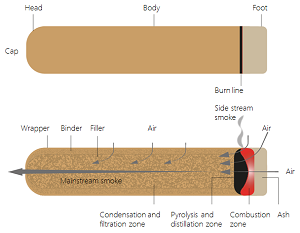
Sometimes a Cigar Is More Than Just a Cigar
Are you a casual stogie fan? A cigar aficionado? We show off a simple model of a cigar to study the temperature distribution of the smoke and concentration of oxygen.

Infrared Pothole Repair: A More Permanent Solution
Potholes are an annoying reality for anyone who drives a car. We discuss how potholes form in asphalt and a potential way to permanently repair them using infrared technology.

Vinyl Records: A Sound All Their Own
Here’s a piece of music trivia: Vinyl records can be traced back to the development of the phonoautograph in 1855 by Édouard-Léon Scott de Martinville.
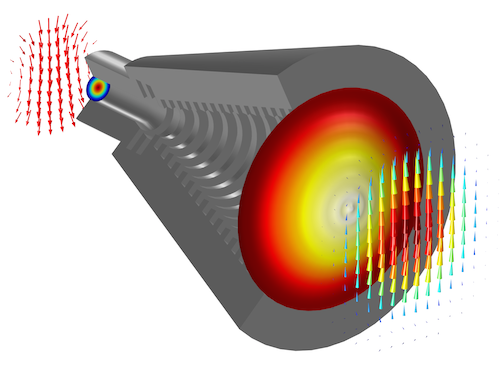
2D Axisymmetric Model of a Conical Horn Antenna
Did you know that you can save time setting up your electromagnetics models by taking advantage of axisymmetry? We discuss the benefits of this approach using a conical horn antenna example.
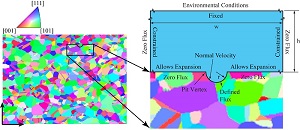
A Strategy for Designing Corrosion-Resistant Materials
Engineers at the Naval Research Laboratory in Washington, D.C., turned to multiphysics simulation to better understand the fundamental mechanisms behind corrosion damage. Get the full story >>
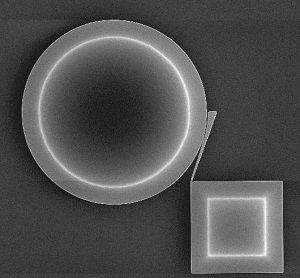
Using Effective Mass for Thermomechanical Calibration
Researchers from the University of Alberta use simulation for an efficient and noninvasive way to achieve thermomechanical calibration. Learn more about their research and its applications.
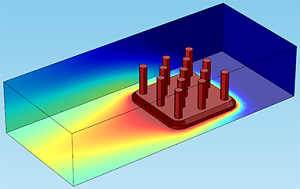
Surface, Volume, and Line Plots: Visualizing Results on a Heat Sink
3 of the most common plot types used in postprocessing: surface, volume, and line plots. Learn how to use these plot types for your simulation results and when to use each option.

Designing Future Technologies with Gallium
Here’s a piece of element trivia: Gallium’s existence was first predicted by Dmitri Mendeleev in 1871, but it was not discovered spectroscopically until 1875 by Lecoq de Boisbaudran.

Thermal Contact Resistance Simulation
When 2 materials are in direct contact, thermal conductivity is determined by their properties, but surface roughness introduces air-filled gaps between the materials. How do you model this?

Magnetic Cooling Technology in Refrigeration
Is your refrigerator running? Then you better go catch it (and see if it uses magnetic cooling technology, which offers a greener approach to preserving foods)!
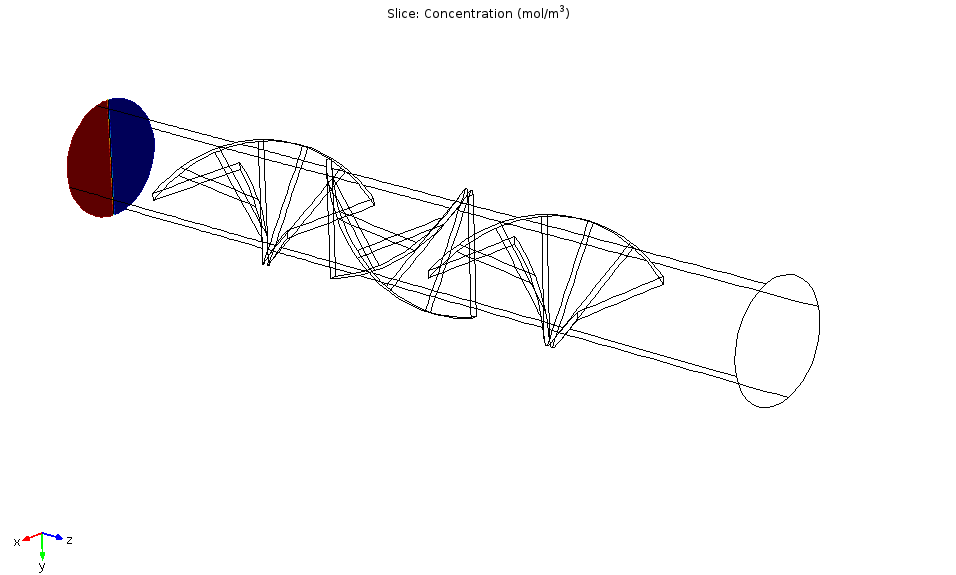
Combining Parallel Slices to Create an Animation
Want to animate how your 3D steady-state model’s solution is changing along a certain direction? You can do so by combining parallel slices. We demonstrate the 3-step process…
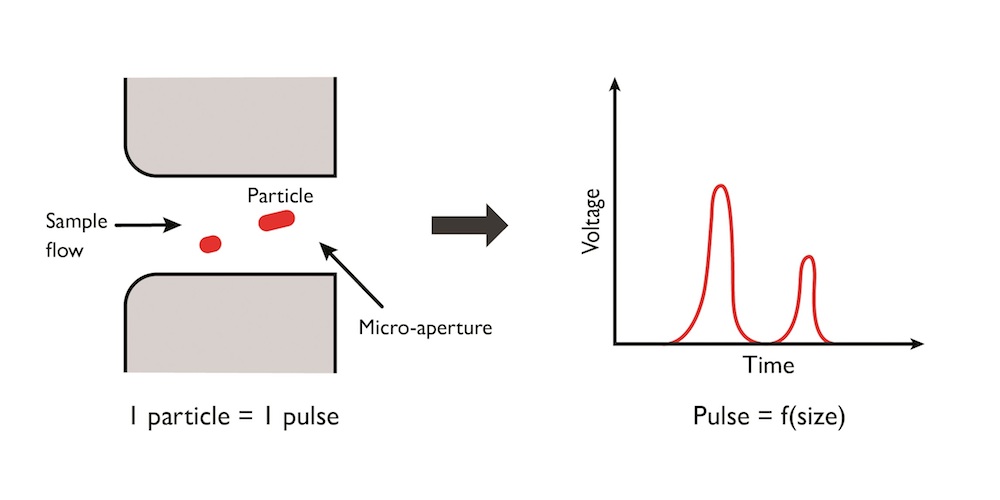
Accurate Hematology Analysis Using Hydrofocusing
Hematology analysis is important for diagnosis and treatment. Researchers at HORIBA Medical used simulation to develop new methods for analyzing the accuracy of their hematology analysis devices.
